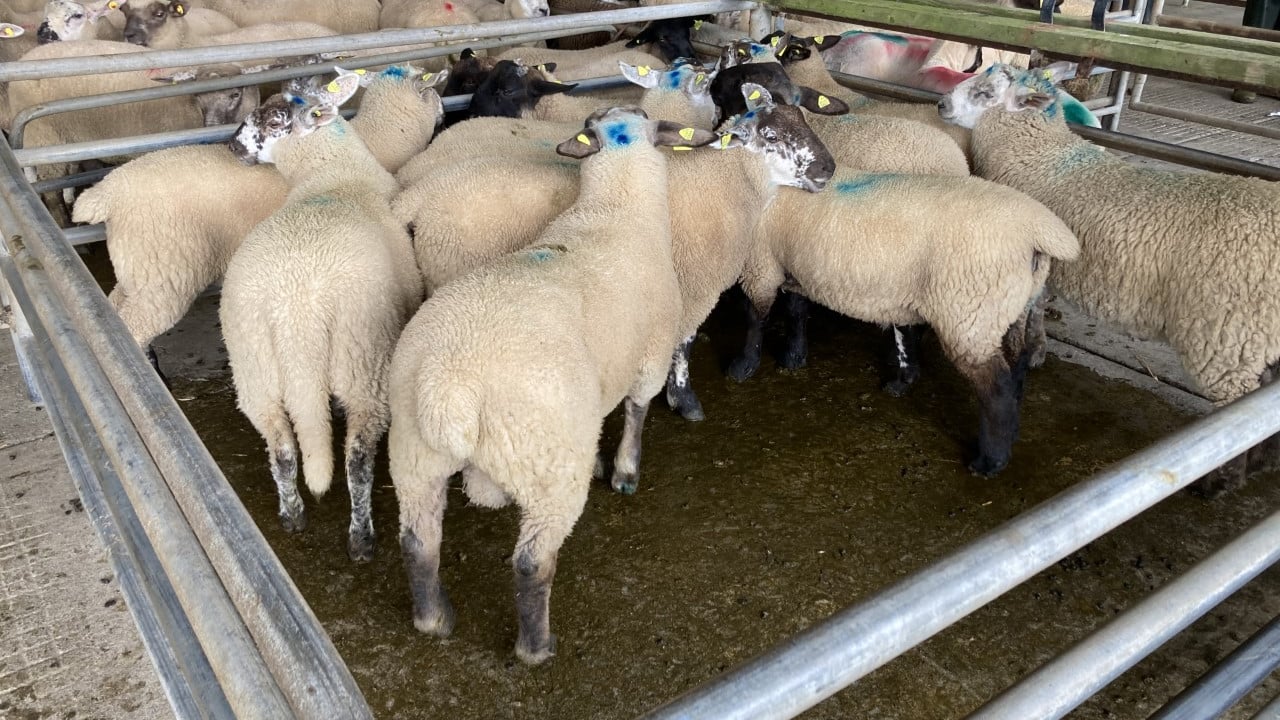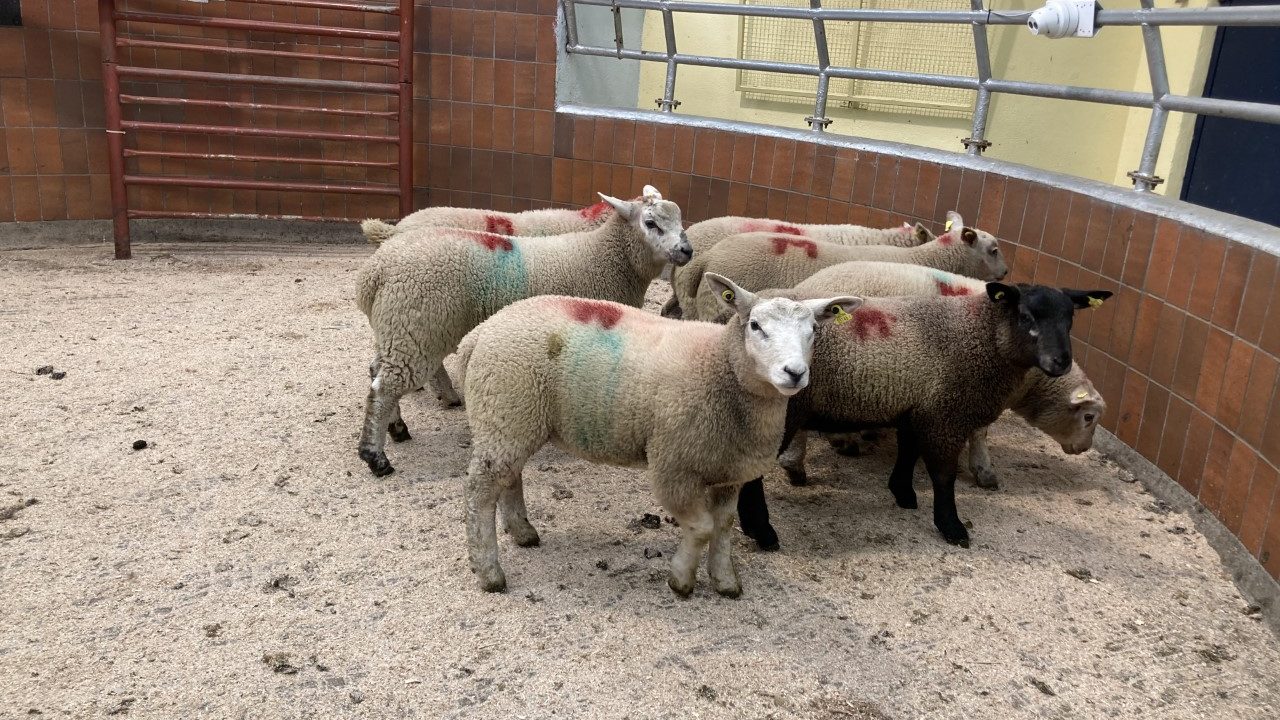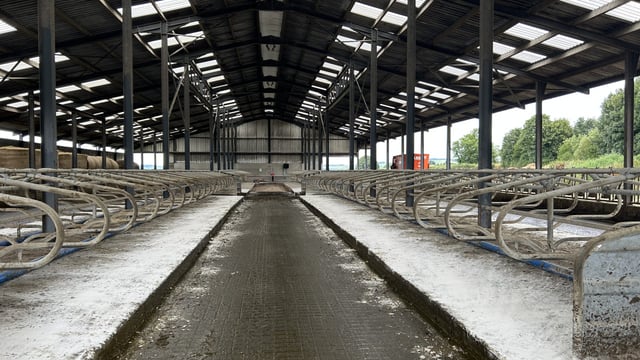How to maximise store lamb potential
The store lamb trade is currently strong across marts, and keen demand has created good prices, according to Teagasc business and technology adviser, Sean Mannion.
As a result, farmers will be questioning whether they should sell stores or finish their lambs on farm.
This year has been good for grass growth and some farmers have surplus grass and sufficient fodder already harvested.
However, according to Teagasc, there are many factors that farmers need to take into account when deciding on the next step for their store lambs, such as:
- Availability of good quality grass for the finishing period;
- Suitable animal housing if needed to finish indoors;
- Number and weight of lambs;
- Estimated time to finish and on farm cash flow.
Farmers running a store lamb finishing enterprise are budgeting what they can afford to pay for store lambs coming onto the farm and still allow for a decent margin on their investment.
Teagasc estimate that lowland cross lambs at 35-40kg liveweight are currently costing in the region of €130-€148, depending on breed, sex, presentation, level of fat cover, etc.
Whether finishing homebred lambs or buying in lowland or hill lambs to finish, the first important step is to have a plan in place, Mannion said.
| Time period | ADG (g/day) | Kg gain per week |
|---|---|---|
| Aug/Sept | 160 | 1.1 |
| Oct/Nov | 115 | 0.8 |
He also highlighted the importance of understanding the weight gains and when stock will be finished, as outlined in the table above.
Concentrate supplementation is the biggest cost in many lamb finishing systems, Mannion stressed.
Farmers should aim for high-quality ingredients and ensure the feed is specifically intended for intensive finishing of lambs.
It should be balanced for minerals and include 0.5% ammonium chloride to help avoid urinary calculi.
Pelleted feed is less attractive to birds, and also prevents lambs sorting and selectively leaving behind certain ingredients, as can happen with a coarse ration.
Teagasc outlined that where lambs are to be finished on ad-lib concentrates, it is important that they are gradually built up to ad-lib feeding levels.
This is done by increasing the amount offered by 200g/day every three days until lambs are ad-lib feeding.
Farmers are advised to ensure that lambs have access to a source of long fibre (straw, hay or silage).
Animal performance will vary by breed and sex but, on average, crossbred lambs will be growing in the range of 280-350g/day or putting on 1.9-2.5kg live weight per week, according to Teagasc.
Mannion explained that developing an animal health plan for store lambs is crucial to ensure their well-being and optimise growth during the finishing period.
Stomach worms in particular are a significant concern for store lambs.
Farmers should regularly monitor lambs for signs of stomach worm infestation, such as scouring or ill thrift.
Anthelmintic resistance is a concerning and growing issue and best practice is to conduct routine faecal egg counts to assess the worm burden and inform treatment decisions.
Mannion also noted sheep lameness being a "big issue", as it directly impacts animal performance.
He said: "Don’t house lame sheep. Footbath lambs as required, isolate lame sheep, and repeat treatment until cured."
"Shearing of lambs increases feed intake but does not improve performance."






